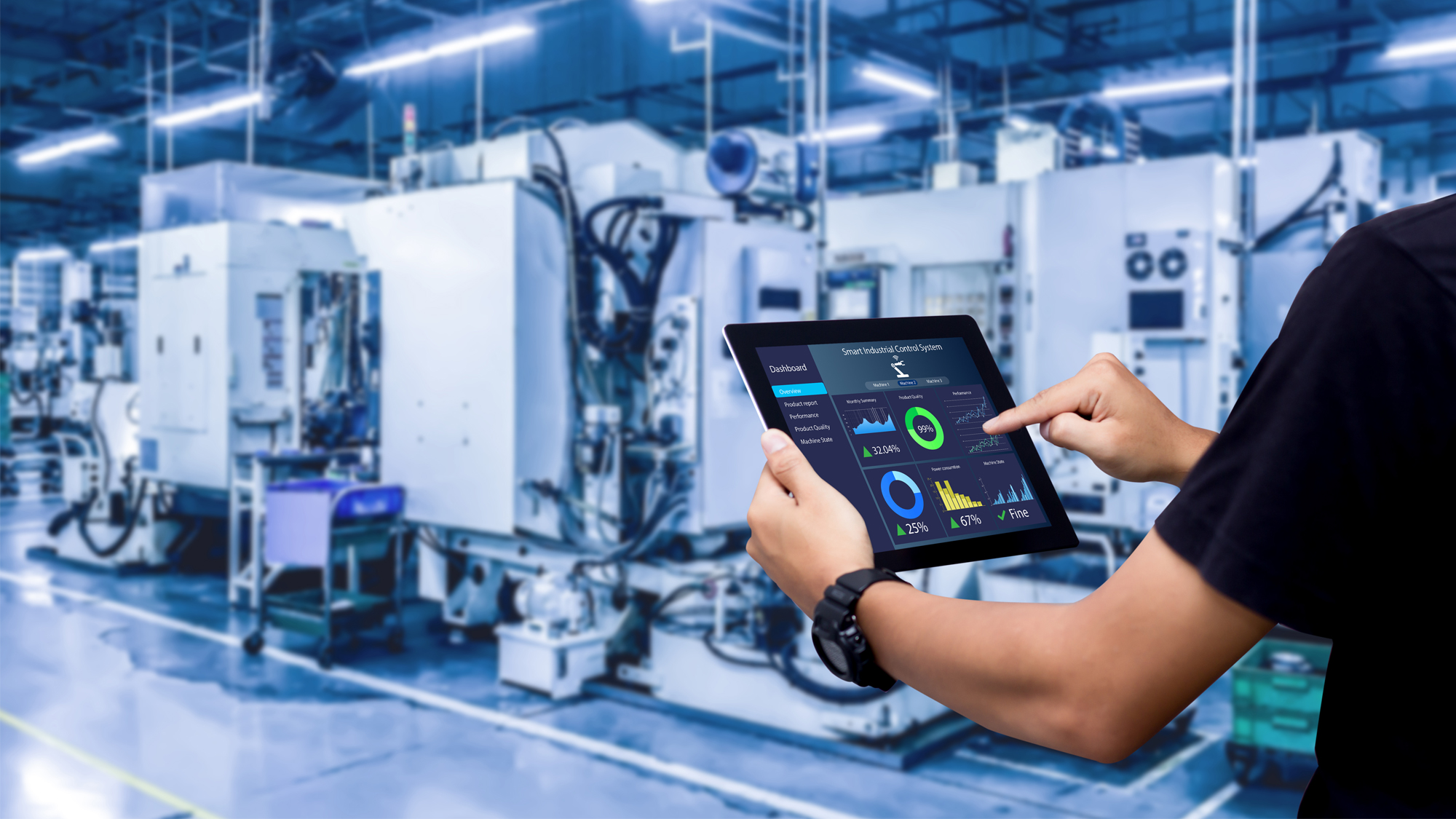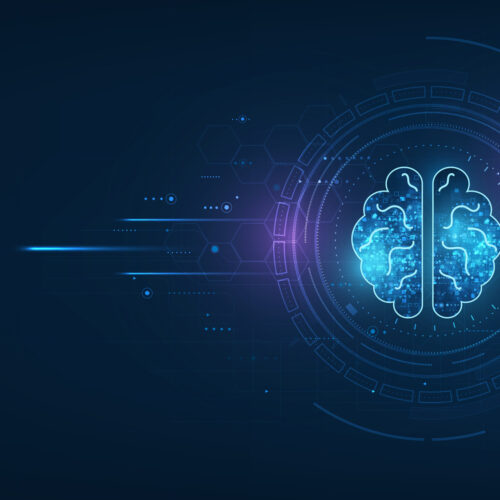Mastering Resource Management with Monitoring Systems
Effective resource management is the cornerstone of operational efficiency and organizational success. In today’s fast-paced and data-driven world, leveraging monitoring systems for resource management has become indispensable. This blog explores how integrating monitoring systems into resource management strategies can transform operations, enhance efficiency, and drive business growth.
What is Resource Management?
Resource management involves the efficient and effective deployment of an organization’s resources—such as human resources, financial assets, equipment, and materials—to achieve its goals and objectives. Proper resource management ensures that resources are used optimally, reducing waste, avoiding bottlenecks, and ensuring that projects and operations run smoothly.
The Role of Monitoring Systems in Resource Management
Monitoring systems provide real-time visibility into various aspects of resource utilization. By continuously tracking and analyzing data related to resources, these systems enable organizations to make informed decisions, optimize resource allocation, and address issues proactively.
Benefits of Using Monitoring Systems for Resource Management
- Enhanced Visibility and ControlMonitoring systems offer a comprehensive view of resource usage and performance. This visibility allows managers to track resource allocation, identify underutilized or overused assets, and adjust strategies accordingly. With real-time data at their fingertips, decision-makers can exercise better control over resources and ensure they are used effectively.
- Optimized Resource AllocationEffective resource allocation is crucial for maximizing productivity and minimizing waste. Monitoring systems provide insights into resource consumption patterns and project requirements, helping organizations allocate resources where they are needed most. This optimization leads to improved efficiency and cost savings.
- Proactive Problem SolvingBy continuously monitoring resource usage, organizations can identify potential issues before they escalate. For example, monitoring systems can detect equipment malfunctions, supply shortages, or personnel imbalances early on. This proactive approach allows for timely interventions, reducing downtime and preventing disruptions.
- Improved Decision-MakingReal-time data from monitoring systems empowers managers with accurate information for decision-making. Whether it’s determining the optimal allocation of staff, scheduling maintenance for equipment, or forecasting future resource needs, data-driven insights enhance the quality of decisions and align them with organizational goals.
- Increased Efficiency and ProductivityMonitoring systems streamline operations by automating data collection and reporting. This reduces manual effort and errors, freeing up time for employees to focus on more strategic tasks. Enhanced visibility into resource performance also helps identify areas for improvement, leading to increased efficiency and productivity.
- Cost SavingsEffective resource management can lead to significant cost savings. By identifying and addressing inefficiencies, organizations can reduce unnecessary expenditures and optimize resource usage. Monitoring systems help track and analyze resource costs, allowing organizations to make budget adjustments and financial forecasts with greater accuracy.
- Enhanced AccountabilityMonitoring systems provide a transparent record of resource usage, which enhances accountability across the organization. Managers and team members can track their resource consumption, identify areas for improvement, and ensure compliance with resource management policies.
- Sustainable Resource ManagementWith growing emphasis on sustainability, monitoring systems can help organizations manage resources in an environmentally friendly manner. By tracking energy consumption, waste production, and other environmental metrics, organizations can implement sustainability initiatives and reduce their ecological footprint.
Implementing a Monitoring System for Resource Management
- Identify Objectives and RequirementsDefine the specific objectives and requirements for your resource management strategy. Determine what resources need to be monitored, the key performance indicators (KPIs) to track, and the desired outcomes.
- Choose the Right Monitoring SystemSelect a monitoring system that aligns with your objectives and integrates with your existing systems. Consider factors such as scalability, data integration capabilities, and ease of use.
- Implement and ConfigureDeploy the monitoring system and configure it to collect and analyze relevant data. Set up alerts and dashboards to provide real-time insights and facilitate decision-making.
- Train and Engage UsersTrain employees on how to use the monitoring system effectively. Ensure they understand the importance of data accuracy and how to interpret and act on the insights provided.
- Continuously Evaluate and ImproveRegularly assess the performance of the monitoring system and its impact on resource management. Use feedback and data insights to make continuous improvements and adapt to changing needs.
Conclusion
Integrating monitoring systems into resource management strategies offers numerous benefits, including enhanced visibility, optimized resource allocation, proactive problem-solving, and cost savings. By leveraging real-time data and insights, organizations can achieve greater efficiency, productivity, and sustainability. As technology continues to advance, adopting sophisticated monitoring systems will be key to mastering resource management and driving long-term success.




